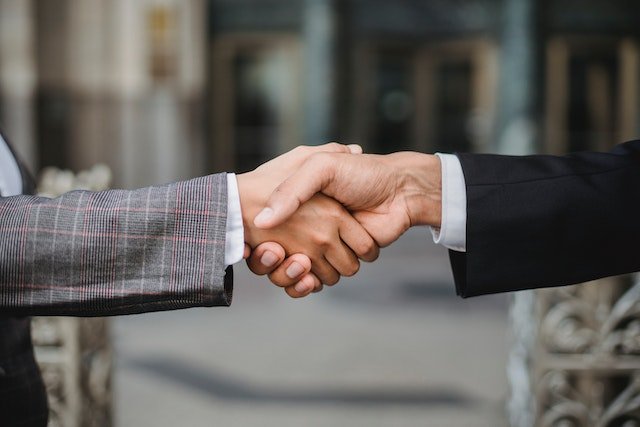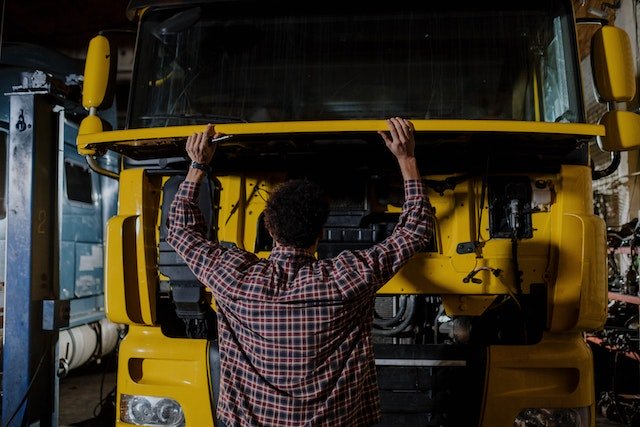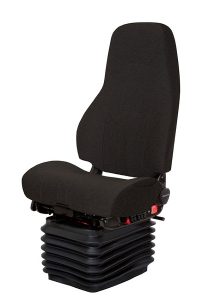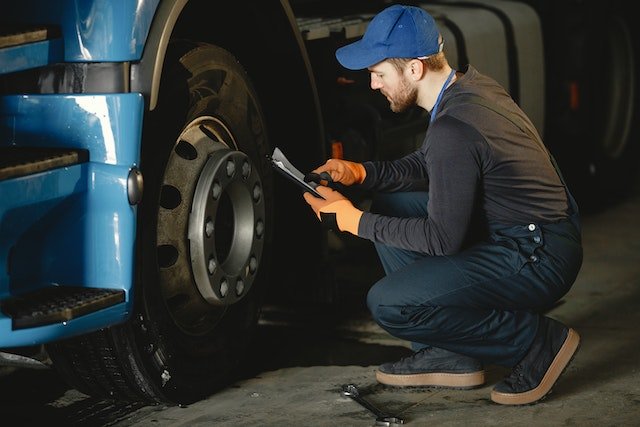We’ve put together this article to answer some of the most common questions we get from first-time semi-truck buyers.
Most of the inquiries are about commercial truck financing. These include:
- Can I buy a semi-truck without CDL?
- Can I own a trucking company without CDL?
- How to buy a semi-truck without CDL?
- How does semi-truck financing work?
Let’s discuss these FAQs in detail. You’ll learn everything you need to know to get into the transportation business.
1. Can I Buy A Semi Truck Without CDL?
The short answer is yes. This is because the person buying the truck can be different from the one who’ll do the driving.
In the trucking industry, we refer to individuals considering buying a commercial truck without a Commercial Driving License (CDL) as investor buyers. Say you’re looking to start a trucking business with a partner. You can be the investor buyer and your partner will be the driver. In such cases, a commercial driver’s license will be a requirement for the driver.
It is worth noting that there are several restrictions on, and fewer programs for, financing truck business owners without a CDL. That’s because most lenders in the transportation business review the asset you want to finance.
If the product requires a special license to operate, they’ll be interested to know whether you hold the required license. You’ll need a CDL to get funds from these lenders. Some semi-trailer financing lenders might request to know the years of experience with the CDL.
Generally, CDL drivers with more years of experience are lower-risk borrowers than those with less driving experience. Mission Financial Services is more forgiving, especially for first-time buyers. We finance drivers with limited CDL driving experience, including new owner-operators. Learn more about accessing commercial vehicle loans for first-time buyers.
2. Can I Own A Trucking Company Without A CDL?
Yes, you can. However, you’ll have to employ commercial vehicle drivers with a CDL to help you operate the company.
Hiring competent drivers might seem like a daunting task, and it can be. But it’s worth every effort because starting your own trucking company is a good investment.
The trucking industry is one of the most profitable industries in the U.S. It is worth over $700 billion and moves more than 70% of the total freight in the U.S.
That said, there are some things you need to know before you start your trucking business without a driver’s license.
What To Know Before Starting A Trucking Company Without A CDL
We’ve listed them below to help you see whether becoming a semi-truck business owner without a CDL is the right option for you.
1. Start-up costs: Starting small businesses requires money. It’s more costly if you don’t have a license. You’ll need enough funds to get a qualified driver and cover their pay until your business picks up.
Remember, you must hire a truck driver with the right qualifications. For instance, if you transport hazardous materials, you’ll need a driver with a class c CDL.
They have the driving experience to drive semis with dangerous materials across state lines. This is in accordance with the Hazardous Materials Transportation Act.
2. Insurance: There are different types of insurance needed to start and operate your own trucking company. Some examples include:
- Insurance for commercial vehicles.
- Insurance to cover the goods you transport.
- General liability insurance to cover the entire business.
3. Trucking authority: You must provide proof of complying with all federal and state laws to get paid to haul cargo. Essentially, this is what the trucking authority helps you to do.
Getting a trucking authority involves filling in paperwork from the USA Department of Transportation (USDOT). You’ll be issued a USDOT number, and an MC number, among others.
Check out this article on getting your trucking authority to learn more about how this works.
3. How To Buy A Semi Truck Without CDL?
If you want to purchase semi-trucks for commercial use, the most affordable way is to get a loan. This is because commercial semi-trucks are pricey. A new truck costs about $80,000, but factors like fuel efficiency, horsepower, and cargo capacity can increase their prices to around $200,000.
Apart from the government’s SBA loan, several companies can finance your purchase. But, as we mentioned earlier, very few are willing to help you buy a semi-truck without a CDL.
Still, you can find different financing options to get a truck for commercial purposes without a CDL. It all depends on the in-house financing programs of lending trucking companies. Often, you’ll have to make a significant down payment and have some experience in the trucking business.
Some of the most common options you have to buy a truck without a CDL include the following:
CDL Driver Guarantee
CDL driver guarantee is the most popular option for first-time buyers, although it involves a trucking partnership. Meaning you have to apply for funding as a team.
One team member, the designated driver, must have a commercial driver’s license. They then guarantee the person without a CDL. It’s critical to note that both team members have to sign a finance agreement. So, choose the right partner if you take this option.
Minimum Three Years Of Experience Within The Trucking Industry
Another great financing option lenders provide for drivers without a CDL includes a minimum of three years of experience in the trucking business.
This is the best semi-truck financing option for individuals active in the transport business, who are now looking to become business owners.
You might have experience in dispatching or the freight brokering industry. You’ll require a down payment starting from 35% for this option.
4. How Does Semi-Truck Financing Work?
Most semi-truck financing programs offer you cash as a loan to buy different types of semi-trucks for commercial purposes. However, others provide an equipment lease instead.
Choosing the equipment lease option means making payments for using the truck for a specific period, known as a lease term. When this term expires, you can either walk away or buy out the truck’s remaining value and own it.
On the other hand, getting a loan guarantees ownership of the truck when you finish repaying the loan. The terms of the loans depend on the type of truck you’re looking to buy and other factors.
You can get loans for small trucks, big rigs or semi-trailers, warehouse trucks, delivery trucks, and more. These loans are known as secured loans because the vehicle acts as the collateral for the loan.
At Mission Financial Services, we offer both types of commercial truck financing – loans and leases. Our financing programs are flexible. We take into account different types of buyers and their specific credit situations.
With us, you can access various direct or dealership lending options even if you have bad credit. Read our comprehensive step-by-step guide on commercial vehicle financing to learn more.
5. What Are The Financing Requirements For A Semi-Truck?
Lenders look at several factors to determine your eligibility for truck financing. Some include:
- Business owner or driver’s CDL experience.
- Down payments.
- Credit score.
- The specs of the truck you want to purchase, such as model, year, make, and overall condition.
- Several documents, including those from the US department of transportation.
Final Thoughts
If you’ve been wondering, “Can I buy a semi-truck without CDL?”, we hope you have the answer!
Becoming a trucking business owner is a gateway to financial independence, especially if you have the right financing partner. Mission Financial Services takes pride in being a commonsense lender and offers various affordable loan options.
Our loan approvals come as simple interest contracts that have limited terms. This helps you to quickly build equity in the loan you’re financing and to avoid additional charges. We also work with all major credit bureaus. So, you can have a chance to turn your credit around if you’ve been struggling with bad credit. Start your credit application with us today!





































